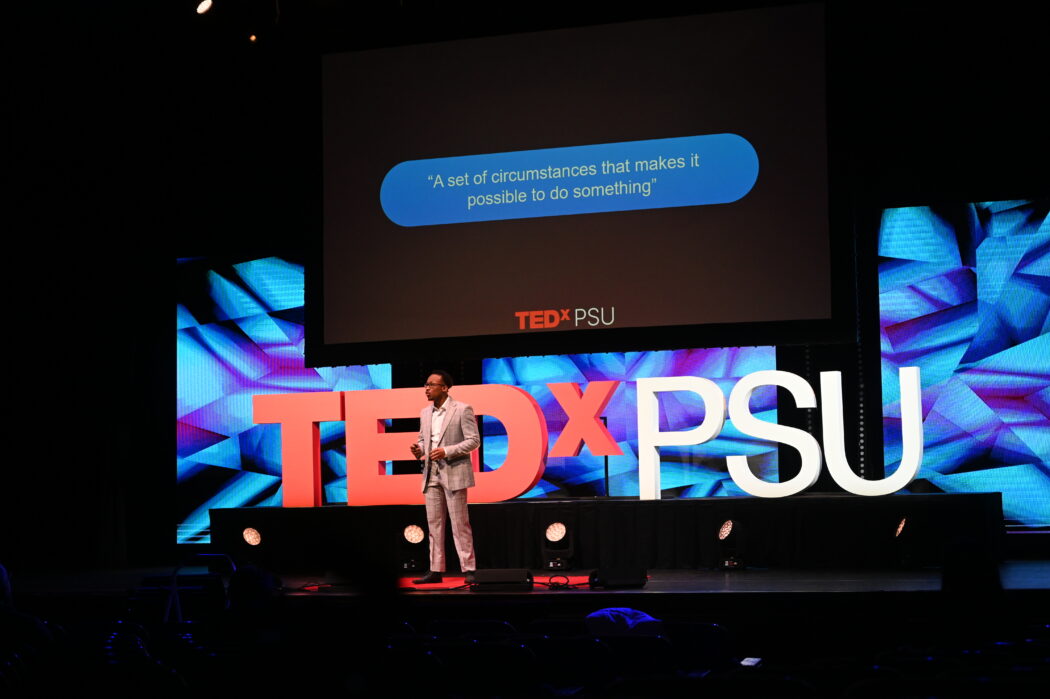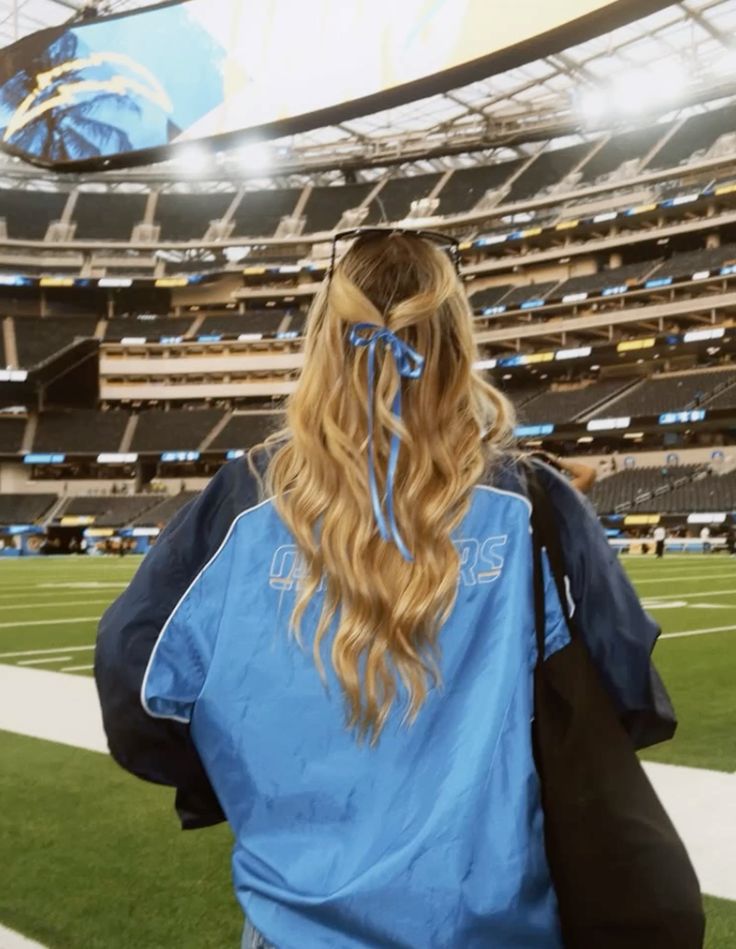In the words of past TED Talk speaker Renee Brown, “vulnerability is courage.” Those very words have been a common pattern among the hundreds of thousands of TED Talks that have been accumulating since the non-profit’s beginnings in 1984. And while it’s easy for us to turn to YouTube and comb through hundreds of topics discussed by some of the world’s most forward-thinking minds, who wouldn’t pass up the opportunity to see a TED Talk IRL? It was here in Penn State’s own Schwab Auditorium that students and faculty were lucky enough to experience ten different speakers, and while their ideas were different, their passions and energies for what it means to blur the lines were all the same.
Kimberly Stratton

For Stratton, blurring the lines means looking beyond societal stereotypes, and in the spirit of her talk and her own past, it meant delving into the topic of homelessness in the United States. Having experienced the phenomena of homelessness herself, Stratton aims to “unblur the TV image in your mind and replace it with reality” in how homelessness is not always as it may appear.
Emma Blankstein

For Blankstein, blurring the lines means challenging misinformation and the lack of education surrounding Holocaust education. As a Jewish woman herself, she described the horror of discovering how the majority of Generation Z either has barely learned about the Holocaust or denies its existence entirely. Blankstein advocated for Gen Z to take advantage of the fact that we are likely to be the last generation that will be able to listen and learn from survivors of the Holocaust, as it increases both critical thinking skills and a “willingness to understand others.”
Andrew Hoff

For Hoff, blurring the lines means opening yourself up to opportunities that you can create for yourself. As a success story of the Penn State “two plus two” program out of the Brandywine Campus, Hoff was able to not only recognize the disadvantage he was at compared to his classmates at University Park, but he was also able to recognize the opportunity cost that came with changing his trajectory to better pursue his potential.
Dr. Kelly Gunther

For Dr. Gunther, blurring the lines means making research easier for both subjects and the researchers themselves. Having experienced and observed the privileged community of researchers throughout university communities such as Penn State, Gunther advocates for the diversification of research staff in order to create a more pleasant and trusting environment for subjects. After all, her subjects are mere infants and babies.
Dr. John Park

For Dr. Park, a psychologist and co-founder of the Pillar Foundation, blurring the lines means bringing people from an array of disciplines together to make a difference. After the start of the COVID-19 pandemic, Park rose above his agoraphobia and decided to make a change in others’ lives in over 20 countries— while on Zoom.
Shaheen Pasha

For Pasha, blurring the lines means bridging the gap between the outside world and a community that has been forgotten— the community of the incarcerated. After having her own close interaction with the prison world, Pasha started the Prison Journalism Project which helps to empower prisoners to have their voices heard in what is the least transparent yet most densely populated industry in the country.
Adam Douglas

For Douglas, blurring the lines means recognizing that opportunities are not constant. After deciding between two possible life-altering paths— an exchange program in Germany or the chance to be mentored by a member of the Philadelphia orchestra— Douglas found that it was with opportunities he created for himself that he was not only able to pursue the best path for himself possible and in doing so was able to validate his own opportunities.
Claire Chi

For Chi, blurring the lines means advocating for young people like herself in a world that is dominated by adult beliefs. Chi believes in the power of age-inclusive leadership and is a founder of the non-profit organization Dance Against Hunger which not only helps to provide for impoverished children and their families but also provides student leadership opportunities to train the next generation of young leaders.
Renee Frohnert

For Frohnert, blurring the lines means becoming the role model she needed when she was a little girl. After having almost gotten kicked out of Penn State herself, Frohnert found her community of fellow female scientists and ended up landing herself three internships and closer to her goal of becoming an astronaut.
Nyandusi Nyachae

For Nyachae, blurring the lines means advocating for a generation that continues to be left unheard— Generation Z. He advocated for six key needs that would help Gen Z’s reach their full potential: safety, empathy, vulnerability, mentorship, genuine and authentic relationships, and affirmation and appreciation.
In the words of Aditya Majumdar, a junior majoring in computer science and the conference manager, Blurring the Lines means showcasing speakers that both have unique ideas and bring something to the Penn State community that would have an impact. And after having the chance to feel the passion and knowledge radiating off each speaker, VALLEY can confirm that their impact will have an impact on both Penn State and beyond!
Check out TEDxPSU to learn more about this past conference, past TED Talks and how to get involved yourself!





